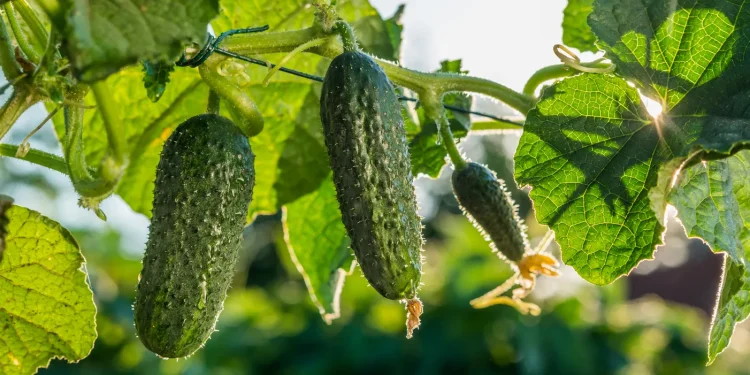Greenhouse farming has revolutionized the way cucumbers are cultivated, providing a controlled environment that enhances growth and productivity. Entrepreneurs and investors looking for promising opportunities in the agricultural sector can benefit from understanding the latest methods for cucumber cultivation in greenhouses. This article explores three effective techniques that simplify maintenance, boost yields, and improve the quality of cucumber crops.
1. Vertical Trellising
Vertical trellising is a popular method for growing cucumbers in greenhouses. This approach involves training the cucumber vines to grow upward on a support structure, such as a trellis or netting.
Advantages:
- Space Efficiency: Vertical growth maximizes the use of vertical space in the greenhouse, allowing more plants to be grown in a limited area.
- Ease of Harvesting: Cucumbers are easier to access and harvest when they hang down from the trellis, reducing physical strain and damage to the plants.
- Improved Air Circulation: Elevating the vines improves air circulation around the plants, reducing the risk of fungal diseases and promoting healthier growth.
Implementation:
- Install sturdy trellises or netting at regular intervals in the greenhouse.
- Train the vines to climb the support structure by gently tying them with soft ties.
- Regularly prune the lower leaves and side shoots to direct the plant’s energy toward fruit production.
2. Horizontal Wire Training
Horizontal wire training is another effective technique where cucumber vines are guided to grow horizontally along wires or strings stretched between supports.
Advantages:
- Uniform Light Exposure: This method ensures that all parts of the plant receive adequate sunlight, promoting even growth and fruit development.
- Reduced Plant Stress: By distributing the weight of the vines and fruits more evenly, this technique reduces the stress on the plants and minimizes the risk of breakage.
- Simplified Maintenance: Horizontal wire training makes it easier to manage and prune the plants, as the structure provides clear access to all parts of the vine.
Implementation:
- Stretch wires or strings horizontally at different heights along the greenhouse supports.
- Train the vines to grow along these wires by gently wrapping or tying them in place.
- Prune regularly to remove excess foliage and side shoots, focusing the plant’s energy on fruit production.
3. Hydroponic Systems
Hydroponic systems are an advanced method of growing cucumbers in greenhouses without soil. Instead, plants are grown in a nutrient-rich water solution, which provides all the necessary nutrients directly to the roots.
Advantages:
- Faster Growth Rates: Hydroponic systems can accelerate plant growth and increase yields by providing optimal nutrient levels directly to the roots.
- Water Efficiency: These systems use significantly less water than traditional soil-based growing methods, making them a sustainable choice.
- Reduced Soil-Borne Diseases: Growing cucumbers in a soilless environment reduces the risk of soil-borne diseases and pests, leading to healthier plants and higher-quality fruits.
Implementation:
- Set up a hydroponic system with nutrient-rich water and appropriate containers for the cucumber plants.
- Monitor and adjust nutrient levels regularly to ensure optimal plant growth.
- Use vertical or horizontal training techniques in conjunction with hydroponics to maximize space and improve plant health.









